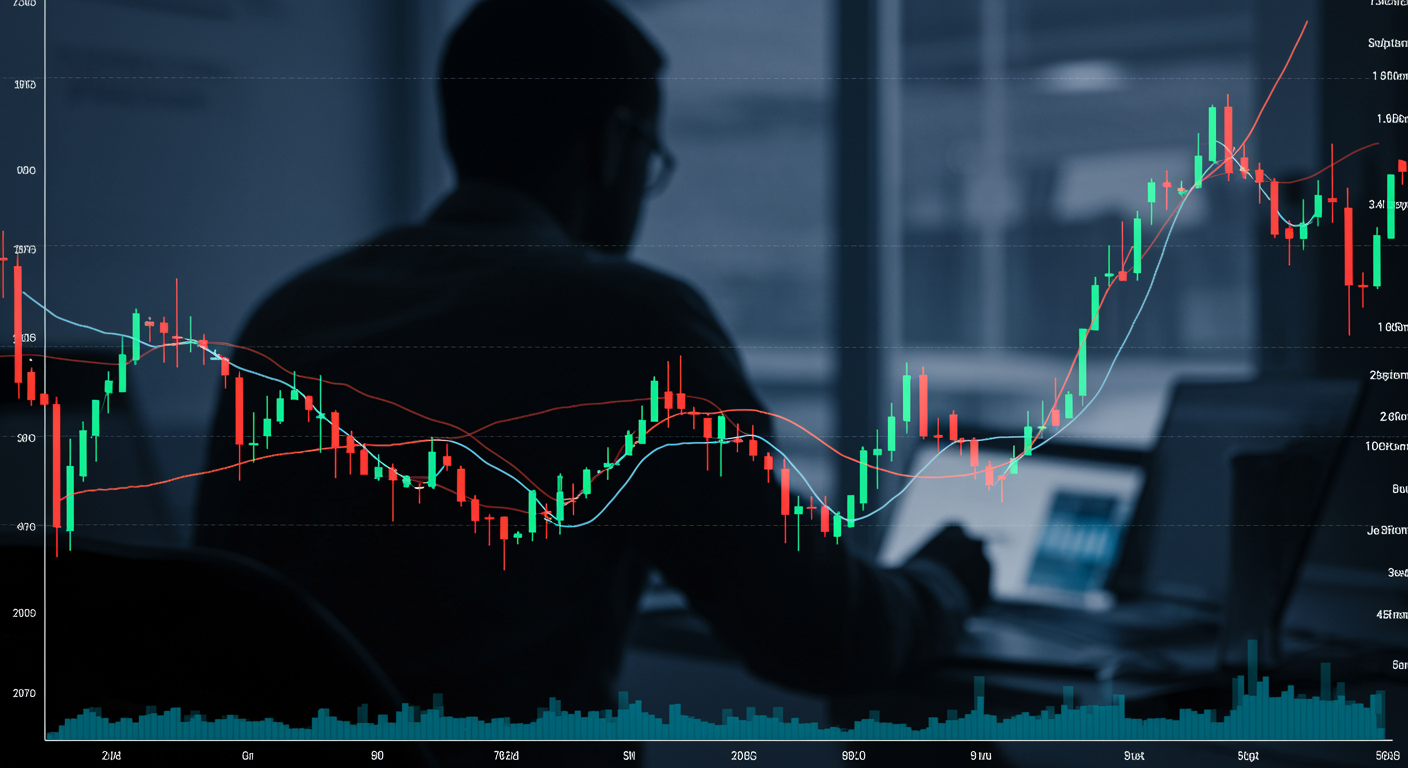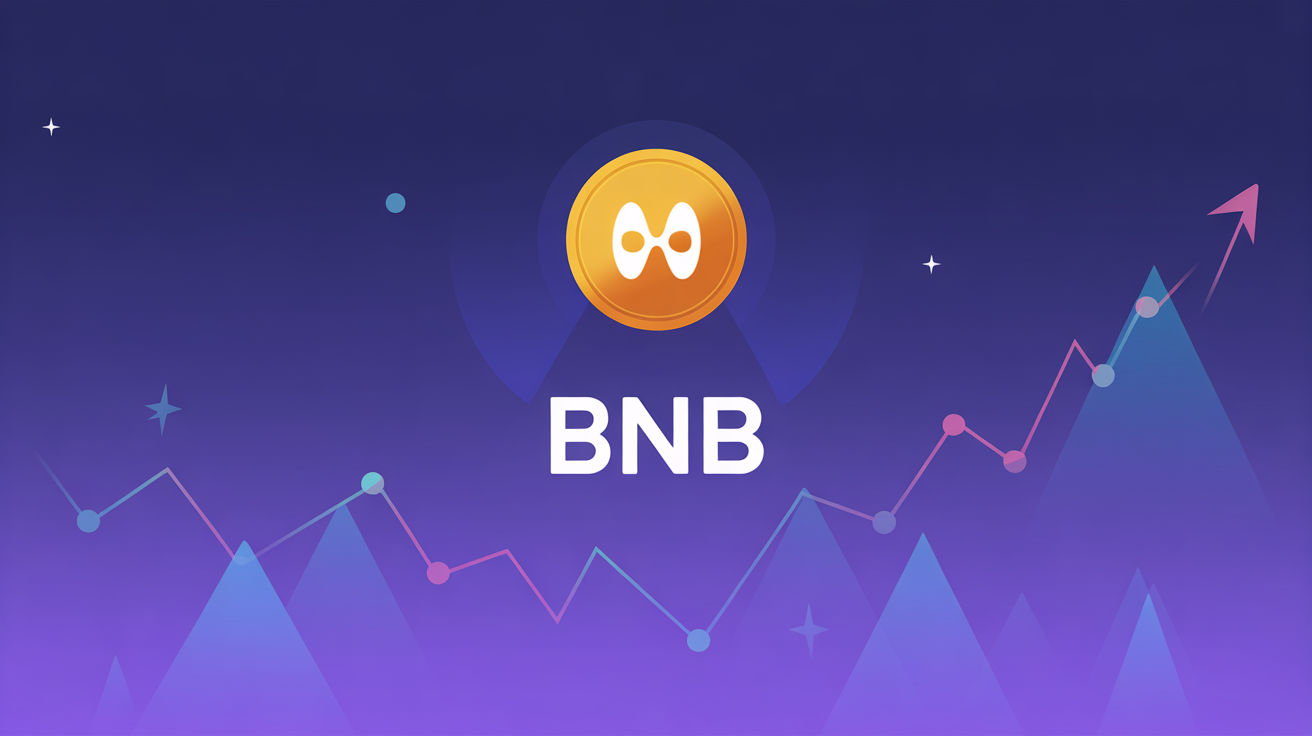
Bitcoin Acts as a Liquidity Barometer, Not an Inflation Hedge, NYDIG Finds
Bitcoin’s long-standing reputation as “digital gold” — a hedge against inflation — may not stand up to data scrutiny, according to a new report from NYDIG.
In its latest weekly digest, NYDIG’s Global Head of Research Greg Cipolaro found that Bitcoin’s correlation with inflation is both weak and inconsistent, challenging one of the asset’s most persistent narratives.
“We know the community likes to pitch bitcoin as an inflation hedge, but unfortunately, here, the data is just not strongly supportive of that argument,” Cipolaro wrote. “The correlations with inflationary measures are neither consistent nor particularly strong.”
Even gold, the traditional inflation hedge, shows similar inconsistencies. NYDIG’s analysis revealed that gold’s correlations with inflation are often negative and fluctuate significantly across different periods — a surprising outcome that undercuts conventional market wisdom.
Instead, the data suggests that both assets respond more strongly to real interest rates and global liquidity trends than to inflation itself.
Historically, gold prices have risen when real (inflation-adjusted) interest rates decline — a dynamic now being mirrored by Bitcoin. Cipolaro noted that Bitcoin’s inverse relationship with real rates has intensified in recent years, likely reflecting the cryptocurrency’s deeper integration with global financial markets.
The key takeaway: Bitcoin is behaving less like an inflation shield and more like a liquidity-sensitive asset.
“From a macro perspective, gold serves as a hedge against real rates, while Bitcoin has evolved into a liquidity barometer,” Cipolaro concluded.
At publication time, Bitcoin (BTC) traded near $115,046.12, according to CoinDesk data.






